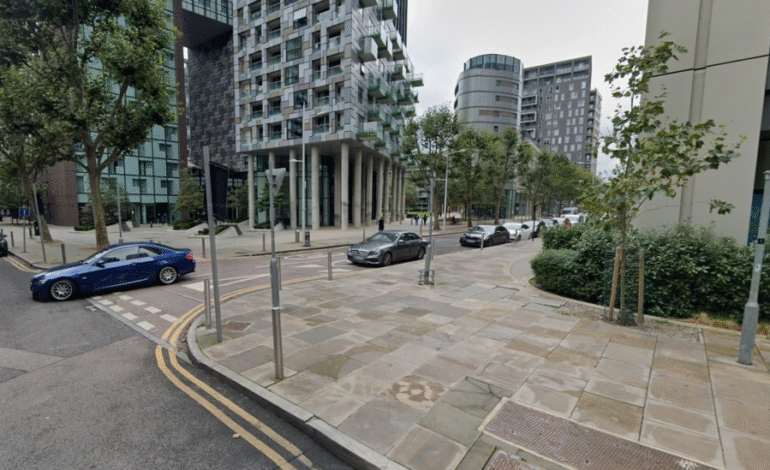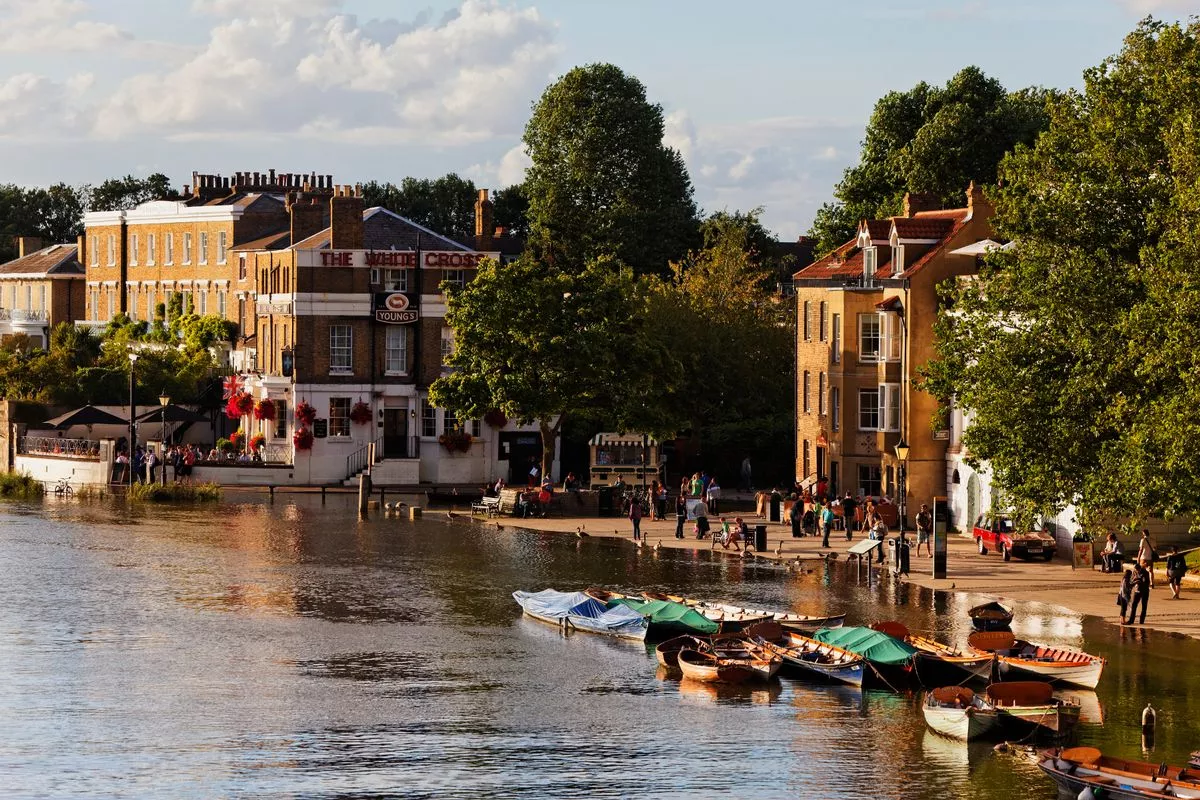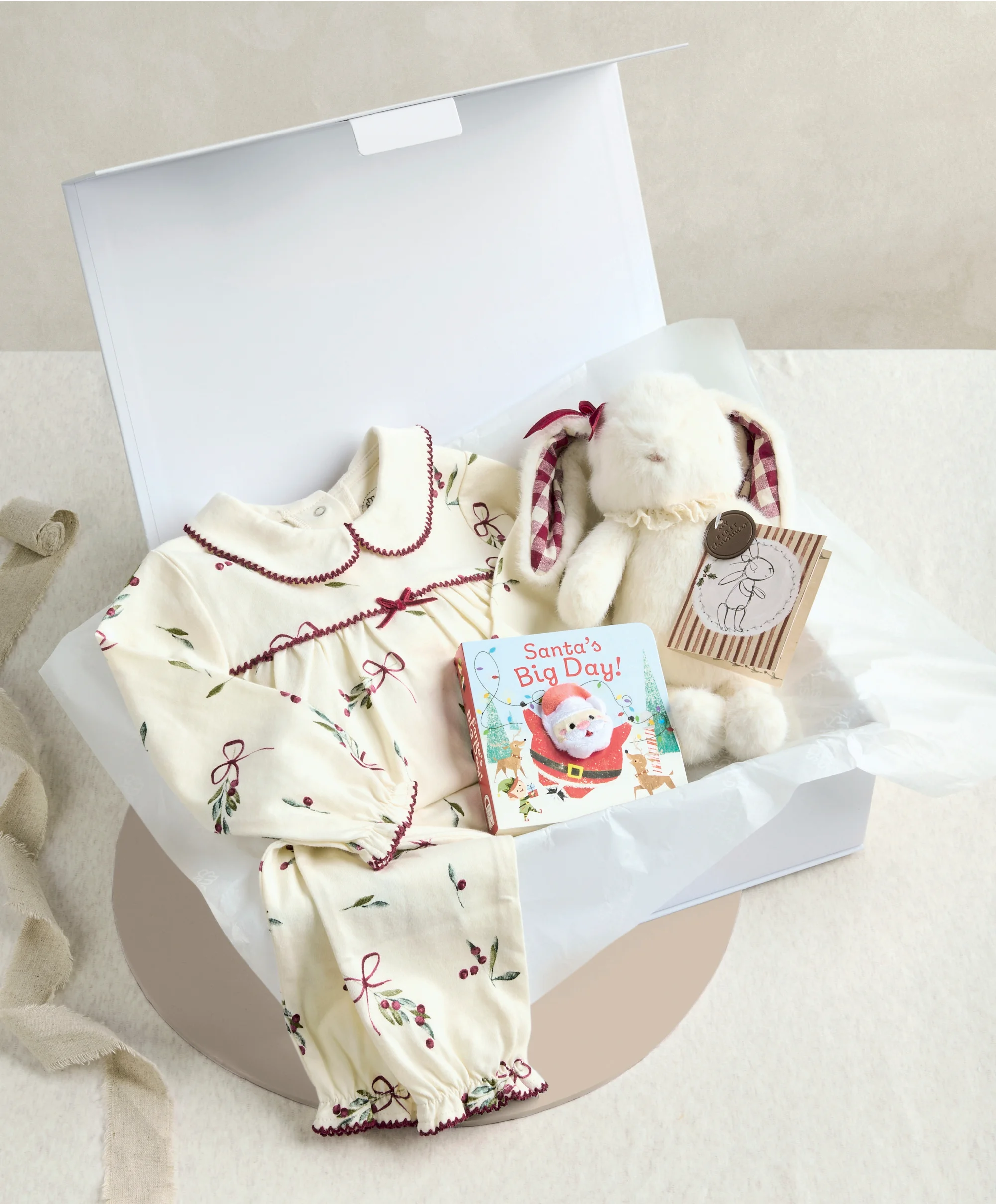Hogarth’s hospital walls
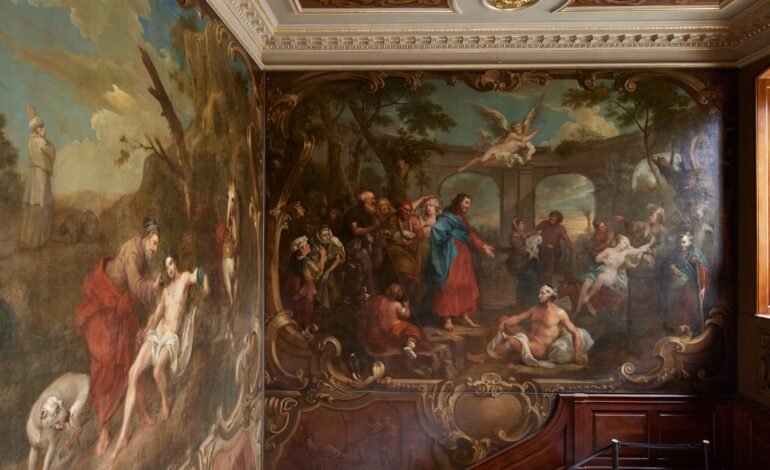
Visitors to Barts’ Great Hall at St Bartholomew’s Hospital, Smithfield, which has opened to the public for the first time, might find themselves eavesdropping on a fascinating, if visceral, on-site lecture to medical students being trained here. They could be getting a run-down on the common ailments of London’s poor in the 1730s, while at the same time marvelling at the drama of a unique William Hogarth wall painting.
Hogarth, himself born close to Barts, painted the walls of the hall’s large staircase in what he hoped would be a career move (it wasn’t). There are two walls adjacent to each other, the larger, 7 feet tall, with The Pool at Bethesda illustrating the Bible story of Christ healing a paralysed man.
Arts & Culture — Read more from EyeOnLondon
Explore new exhibitions, ideas and policy shaping culture in London.
Building the Bank at the Bank of England Museum
A behind-the-scenes look at the architects, drawings and craft that shaped Threadneedle Street.
Read the articleMoMA’s 2026 Duchamp retrospective
From The Large Glass to Étant donnés, a landmark survey of the artist who rewrote the rules.
Read the articleCity Plan 2040 in practice
Tom Sleigh on how the Square Mile’s policy will shape culture, access and public space.
Read the articleBut surrounding the two classically posed central figures he added a throng of the halt, lame and diseased, almost certainly based on the actual patients of the time, so accurately drawn that experts can tell exactly what each person was suffering from. Rickets, typhus, tuberculosis, smallpox, fever and dysentery were common, often thanks to poor sanitation, overcrowding and contaminated food and water (Newgate Prison was nearby). It’s a gift for medical lecturers (Barts is a teaching hospital), and for social historians eager to see what evidence these ailments give for life and living conditions in early 18th-century London.
The other mural is the smaller Good Samaritan, and Hogarth painted no more large-scale paintings. These have been restored as part of the repair and restoration of the hospital’s North Wing at a cost of £9.5m, with £5.3m from the National Lottery Heritage Fund.
St Bartholomew’s was founded in 1123, supported by a priory and its riches until the dissolution of the monasteries in the 1540s, and before the NHS in the 1940s, when it had to fund itself. It needed this grand venue, built in 1732 one storey up and away from the grime and noise at street level, where splendid events, banquets, receptions, even performances, could be held to raise money, with donors’ names inscribed on framed wooden panels. But the hall is part of the hospital’s North Wing, the administrative part of the sprawling place, and the upkeep of the hall was low on the list of priorities for the NHS. Over the years it was neglected, with a rotting roof and leaks dimming the glory of a magnificently moulded and gilded ceiling.
It is open now on two days a week and the first Sunday in each month. For the first time ever, it will be largely reverting to its original uses, for fund-raising, performances and events.
This grand room, housed in a Grade I listed building designed by James Gibbs, who built the church of St Martin-in-the-Fields, found itself on the Buildings at Risk Register in 2017 when, aiming at celebrations for Barts’ 900th anniversary, and just missing it, a charity called Barts Heritage was created to save it.
Its chief executive is Will Palin, who, as a former curator at the Soane Museum, where The Rake’s Progress occupies a gallery of its own, is well versed in Hogarth.
“I think the paintings are extraordinary, not classically ‘correct’ (perspective etc) but full of life and vitality, and display a deep empathy with the characters, particularly the sick and the lame,”
Palin says. “I think as an achievement they are amongst Hogarth’s finest works.
“Obviously the public appetite was for his smaller narrative works, but Hogarth here was pitching for elite patronage. He therefore undertook the work at Barts in the hope that the paintings would open the door to more large-scale commissions (history painting was considered the pinnacle of the craft), and this was the major incentive for Hogarth undertaking the works. However, the vogue for grand history painting was already waning, and other than the altarpiece for St Mary’s in Bristol, Hogarth did not repeat the exercise.”
In 1732 Hogarth was approaching his forties, successful with his business printing copies of his large narrative series paintings, but eager to progress by impressing his father-in-law, Sir James Thornhill, creator of the celebrated Painted Hall at Greenwich and the society painter of walls. Hogarth saw his opportunity to match him, and when he heard that the Barts job had been given to a Venetian artist Hogarth was outraged. Only an English painter should be allowed such a prestigious project. And, dammit, he would do it for free, expecting the commissions for gigantic painted wall coverings would tumble in to compensate him; they didn’t, and after this Hogarth abandoned the genre.
He was given the themes for the two paintings, not strictly murals but painted off-site, with Bethesda possibly made at the studio of Hogarth’s friend, the landscape painter George Lambert, in Covent Garden and installed in 1734/5 (The Good Samaritan was painted in situ and completed in 1736/7). So two or three years of work in all. Both are on canvas, and Lambert painted the backgrounds while Hogarth’s assistant Richards did the decorative elements. Bethesda was painted as one piece, then cut into sections, carried, probably in rolls, across London and fixed to the new timber frame on the staircase, with the joins then touched in.
As well as the great paintings, the star of the show, the rest of the building was in sore need of loving care with the trust’s Sharing Historic Barts project. The roof, stonework, railings and over 160 sash windows had to be restored, as well as the fabulous decorative plasterwork, the oaken donor boards bearing 3,000 donors’ names, “It used to cost £50 to get your name up there,” Palin remarked. “It’s £50,000 now”, and gold-leafed mouldings of the Great Hall’s opulent ceiling.
“The Sharing Historic Barts project has brought together leading craftspeople from across the country to bring this unique building and its spectacular interiors back to life. Thanks to the support of the Heritage Fund, the City of London and our many donors, we have safeguarded the Hogarth Stair and Great Hall for generations to come, and ensured that this hidden gem will welcome the public as a place for art, culture and wellbeing at the heart of the City.
“The nationally important North Wing has recaptured its beauty and dignity. It will also serve as a living space that will inspire visitors, host events, and support the health and recovery of patients and staff.”
For more features exploring London’s history and cultural heritage, follow EyeOnLondon for insightful storytelling you can trust.
[Image Credit | Matthew Andrews]
Follow us on:
Subscribe to our YouTube channel for the latest videos and updates!
We value your thoughts! Share your feedback and help us make EyeOnLondon even better!

